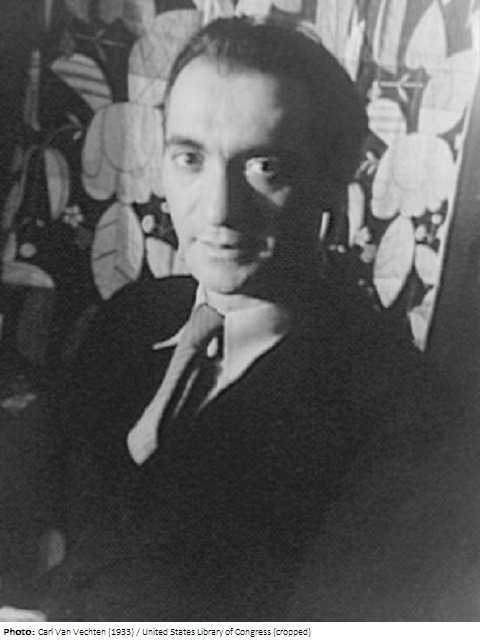Nickolas Muray

Biographical information
| Roles | Competed in Olympic Games • Referee |
|---|---|
| Sex | Male |
| Full name | Nickolas (Miklós-)•Muray (Mandl-) |
| Used name | Nickolas•Muray |
| Born | 15 February 1892 in Szeged, Csongrád (HUN) |
| Died | 2 November 1965 in New York, New York (USA) |
| Affiliations | NYAC, New York (USA) |
| NOC |  United States United States |
Biography
Hungarian-born Nickolas Muray studied photography in Budapest prior to acquiring an International Engraver’s Certificate and moving to Berlin for a three-year course in color photoengraving. He worked for Ullstein, a publishing company, but moved to the United States in 1913, ending up in New York City with only about 50 words of English in his vocabulary. Despite this, he found work quickly and, by 1920, was able to open up his own portrait studio, although he continued to hold another job as an engraver. When Harper’s Bazaar began giving him a monthly space in their magazine in 1921, however, he dropped this second job to focus on celebrity portrait photography. He was sent to Europe in 1926 and Hollywood in 1929 to capture the famous faces of the era, garnering worldwide recognition for his efforts. In 1931, while working for Ladies’ Home Journal, he produced the first natural color commercial photograph to appear in an American magazine. His career also took him into the realm of advertisements, and he produced many works in this field as well.
Muray quickly became a part of American society on a personal level as well, and even served as a flight lieutenant in the Civil Air Patrol during World War II. An avid fencer, he was the United States sabre champion in 1927 and competed in this discipline at the 1928 and 1932 Summer Olympics. In 1928 he was eliminated in the opening round of both the individual and team events, but in 1932 he finished fourth in the team event.
Muray was active in the sport after his competitive career ended, serving as a referee at the 1956 and 1960 Olympic Games. On 9 February 1961 he was practicing fencing at the New York Athletic Club when he collapsed with a heart attack. A fellow fencer, Barry Pariser, then a medical resident, tried to revive him, but when he was unable to do so, he opened his chest with a penknife and did open heart massage for 40 minutes while Muray was being taken to the hospital. Muray survived and was able to continue fencing and again refereed at the 1964 Olympics. In November 1965 he again collapsed during a match in New York, and this time no miracle occurred and he succumbed to a heart attack.
Results
| Games | Discipline (Sport) / Event | NOC / Team | Pos | Medal | As | |
|---|---|---|---|---|---|---|
| 1928 Summer Olympics | Fencing |  USA USA |
Nickolas Muray | |||
| Sabre, Individual, Men (Olympic) | 5 p3 r1/3 | |||||
| Sabre, Team, Men (Olympic) | United States | =3 p2 r1/3 | ||||
| 1932 Summer Olympics | Fencing |  USA USA |
Nickolas Muray | |||
| Sabre, Team, Men (Olympic) | United States | 4 |
Referee
| Games | Sport (Discipline) / Event | NOC / Team | Phase | Unit | Role | As | |
|---|---|---|---|---|---|---|---|
| 1932 Summer Olympics | Fencing |  USA USA |
Nickolas Muray | ||||
| Foil, Individual, Men (Olympic) | Final Standings | Jury | |||||
| Épée, Individual, Men (Olympic) | Final Standings | Jury | |||||
| Sabre, Individual, Men (Olympic) | Final Standings | Jury | |||||
| Foil, Team, Men (Olympic) | Final Standings | Jury | |||||
| Épée, Team, Men (Olympic) | Final Standings | Jury | |||||
| Sabre, Team, Men (Olympic) | Final Standings | Jury | |||||
| Foil, Individual, Women (Olympic) | Final Standings | Jury |